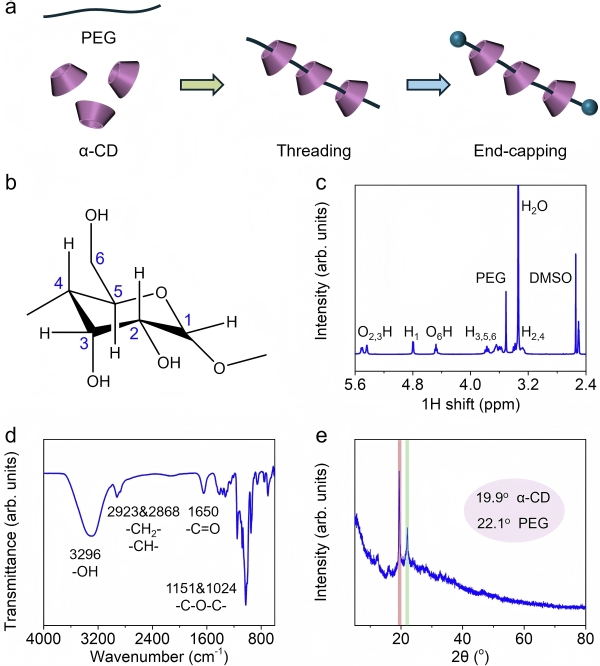Highly efficient ionic actuators enabled by sliding ring molecule actuation
Chao Lu1(陆超)*, Wei Chen2, Xiaohong Zhang3
1College of Chemistry, Chemical Engineering and Materials Science, Soochow University, Suzhou, Jiangsu, China.
2Research Institute for Intelligent Wearable Systems, The Hong Kong Polytechnic University, Hong Kong, China.
3Institute of Functional Nano & Soft Materials, Soochow University, Suzhou, Jiangsu, China.
Nat. Commun.2025, 16, 2480
Abstract:Ionic actuators with capability of electro-mechanical transduction are emerging as a useful platform for artificial intelligence and modern medical instruments. However, the insufficient ion transport inside material interfaces usually leads to limited energy transduction efficiency and energy density of actuators. Here, we report a polyrotaxane interface with adjustable ion transport based on sliding-ring effect for highly-efficient ionic actuators. The switch status of ion channels is synchronous with actuation strains, and energy barrier of interfacial ion transfer is reduced. As a result, the electro-mechanical transduction efficiency of actuators gets significantly improved. The as-delivered energy density of devices is stronger than that of mammalian skeletal muscle. Based on the high actuation performances, we demonstrate a fiber-shape soft actuator that can be directly injected into biological tissue just using syringe. The injectable actuator is promising for surgical navigation and physiological monitoring.

Article information: //doi.org/10.1038/s41467-025-57893-5